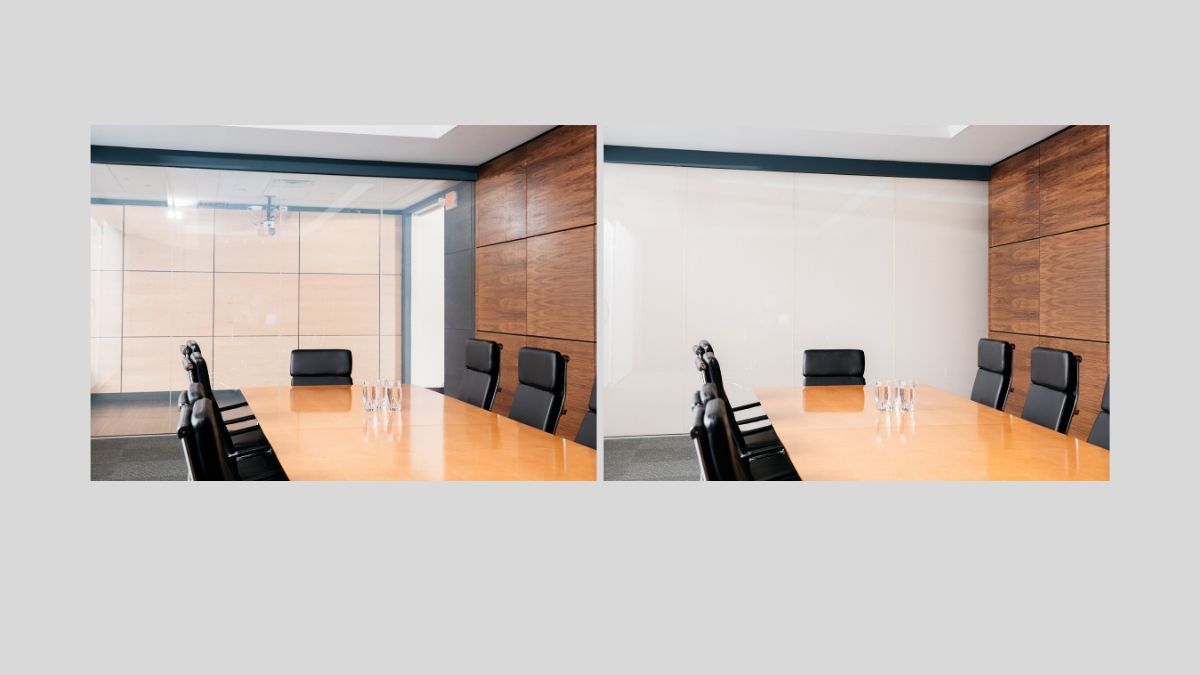While aesthetically pleasing, Polyvision® smart glass requires upkeep to keep it looking clear and performing at it’s best. Standard commercial cleaners will keep your glass clean but if you want something a bit more eco-friendly, here is a great cleaner that you can make yourself.
Author: Polytronix, Inc
Why Privacy Glass is Better?
With the purchase of our Polyvision® Privacy Glass we offer a three-year warranty at no additional charge, with an option for an extended warranty for as long as 10 years.
What is Switchable Privacy Glass?
Polyvision® Electrochromic Glass
Why UL is Important
Rather read than watch. The transcript is below. Welcome to Polytronix Glass®, a Film & Glass Division of Polytronix, Inc. We are the leading manufacturer of smart glass in America since 1986. Polyvision is the only UL recognized smart film manufactured in the US. Why is UL important? UL is recognized around the world as the… Continue reading Why UL is Important
Why Quality is Important?
Polytronix, Inc.® believes in providing the highest quality smart glass products in the industry and on the market. Polytronix, Inc.® Film & Glass Division
